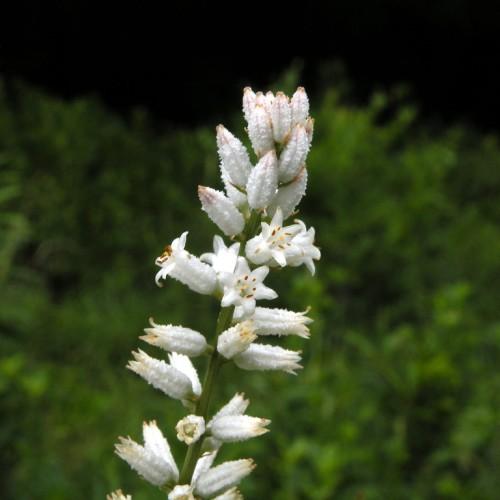
Colicroot
Aletris farinosa
Also Known As - White Colicroot,White Tubed Colicroot,Unicorn Root,White StargrassWatering:
Minimal
Hardiness Zone:
Sun:
full sun,part shade
Leaf:
Yes
Growth Rate:
Low
Drought Tolerant:
Yes
Care Level:
Medium
watering
Broad Tooth Lady's Mantle should be watered regularly, but with caution. The plant likes moist, fertile soil, especially during the growing season (spring through summer). It should be watered thoroughly and deeply about once a week; in hot, dry weather, it may need to be watered more often. In winter, when the plant is dormant, water less. To make sure the plant is getting enough water, check the soil every few days. When the top few inches (5 cm) of soil feel dry, it's time to water.
sunlight
Broad Tooth Lady's Mantle (Alchemilla subcrenata) is a plant species that thrives in full sunlight or partial shade. It does best in direct sunlight for at least 6 to 8 hours a day; however, it is also tolerant of shady conditions. The plant should be placed in a location with morning sun and afternoon shade in hotter climates, or placed in an area that receives direct sunlight for the majority of the day in cooler climates. Direct sunlight is important for the development of its vibrant foliage.
pruning
Broad Tooth Lady's Mantle (Alchemilla subcrenata) should be pruned annually in late winter or early spring. The best time to prune the plant is when the new leaves start to appear. Pruning should remove any dead or damaged stems and gently shape the plant as well as remove any overcrowded stems. It is important to remove all dead, diseased, or damaged plant material to control insects and diseases. Pruning should also be done to encourage more blooms in the following year. To keep the plant looking its best, prune the plant lightly and do not cut too far back.
